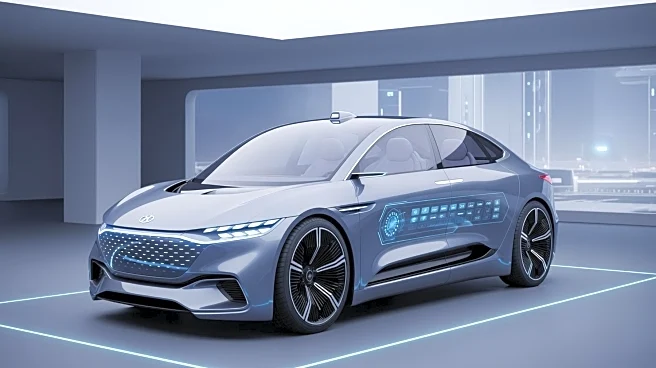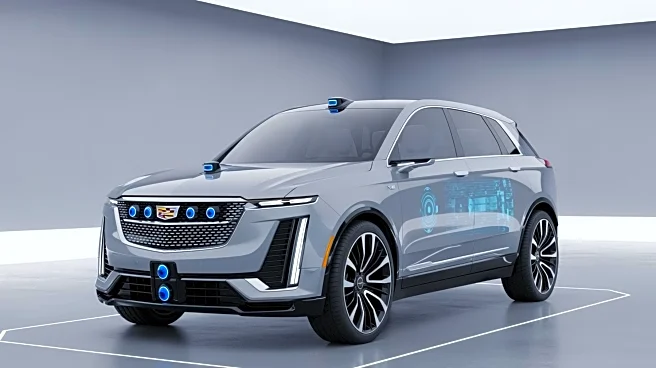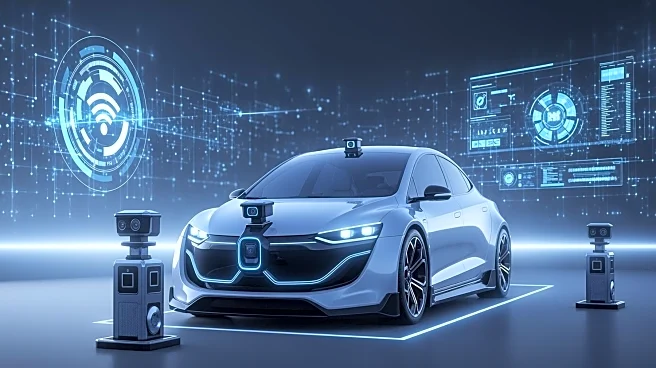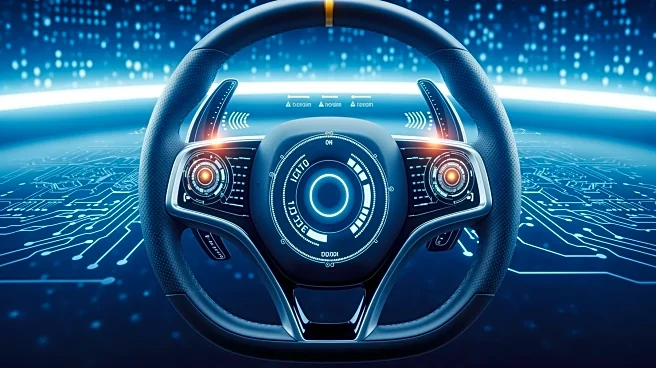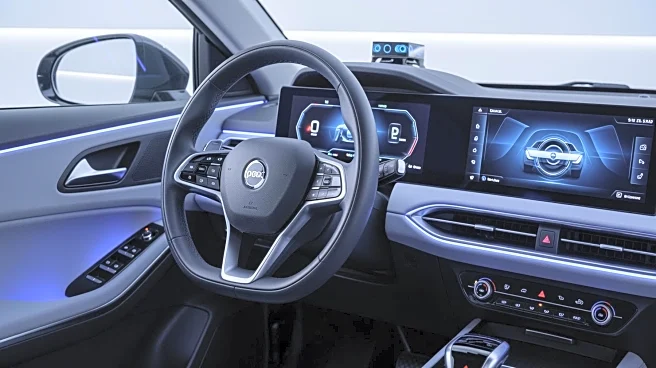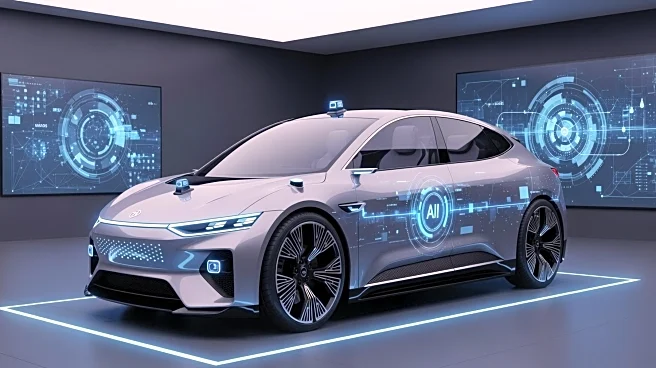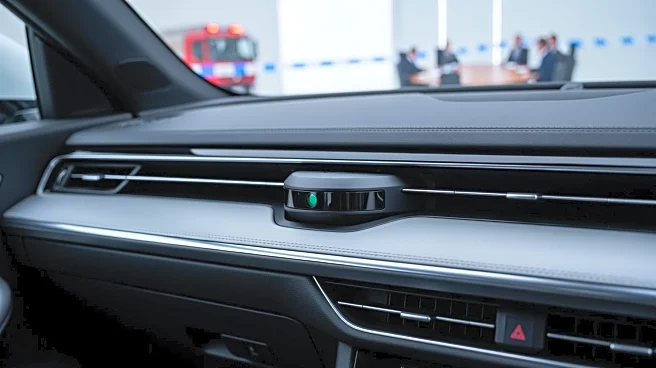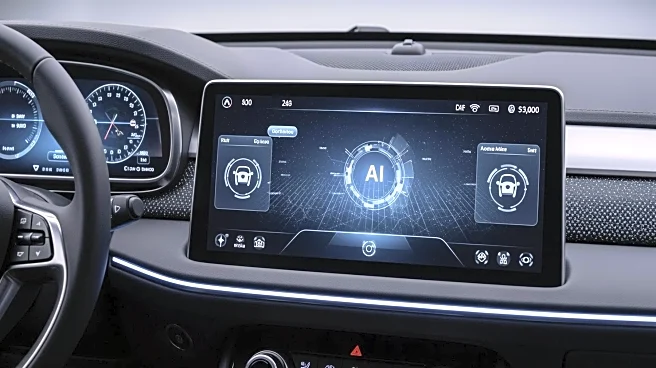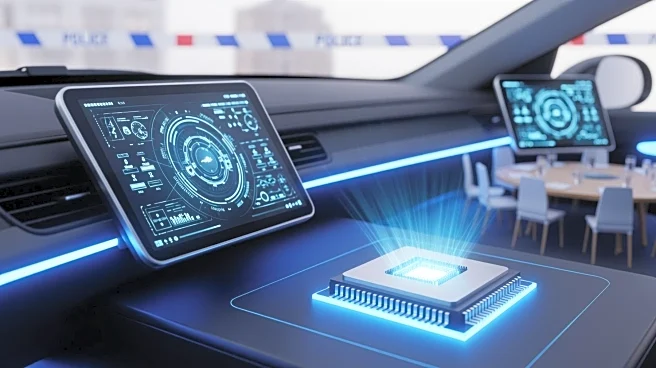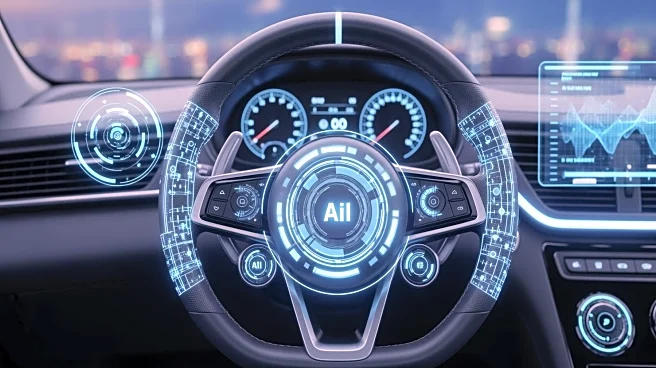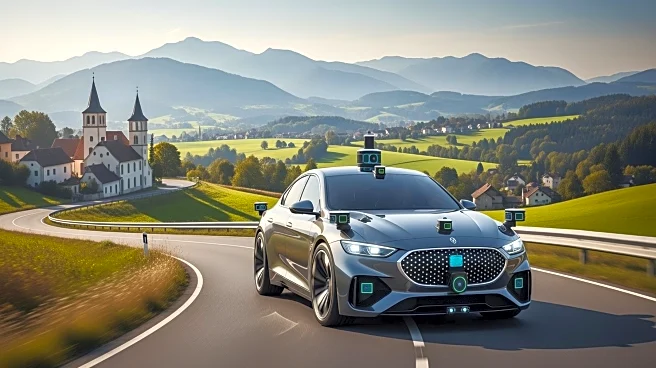What's Happening?
General Motors (GM) has announced its return to autonomous driving technology with plans to launch a Cadillac Escalade IQ electric SUV by 2028. This development comes less than a year after GM shut down
its robotaxi unit, Cruise. The new SUV is designed to operate without driver engagement, allowing hands-free and eyes-free driving on highways. This marks a significant step for GM in advancing its autonomous vehicle capabilities, following its strategic pivot towards product innovation and brand alignment.
Why It's Important?
The introduction of the autonomous Cadillac Escalade IQ represents a major advancement in GM's efforts to lead in the autonomous vehicle market. This move could significantly impact the automotive industry by setting new standards for driverless technology and enhancing consumer trust in autonomous vehicles. The hands-free and eyes-free capabilities could revolutionize highway driving, offering increased safety and convenience. GM's focus on innovation aligns with broader industry trends towards electrification and automation, potentially influencing competitors and shaping future transportation policies.
What's Next?
GM's strategic focus on autonomous technology suggests potential collaborations with tech companies to enhance vehicle capabilities. The 2028 launch timeline indicates ongoing development and testing phases, which may involve regulatory approvals and safety evaluations. Stakeholders, including consumers and industry competitors, will likely monitor GM's progress closely. The success of this initiative could lead to further investments in autonomous technology and influence legislative frameworks around driverless vehicles.
Beyond the Headlines
The shift towards autonomous vehicles raises ethical and legal questions regarding liability and safety standards. As GM advances its technology, discussions around data privacy, cybersecurity, and the impact on employment in driving-related sectors may intensify. Long-term, this development could contribute to a cultural shift in how society perceives vehicle ownership and transportation.
